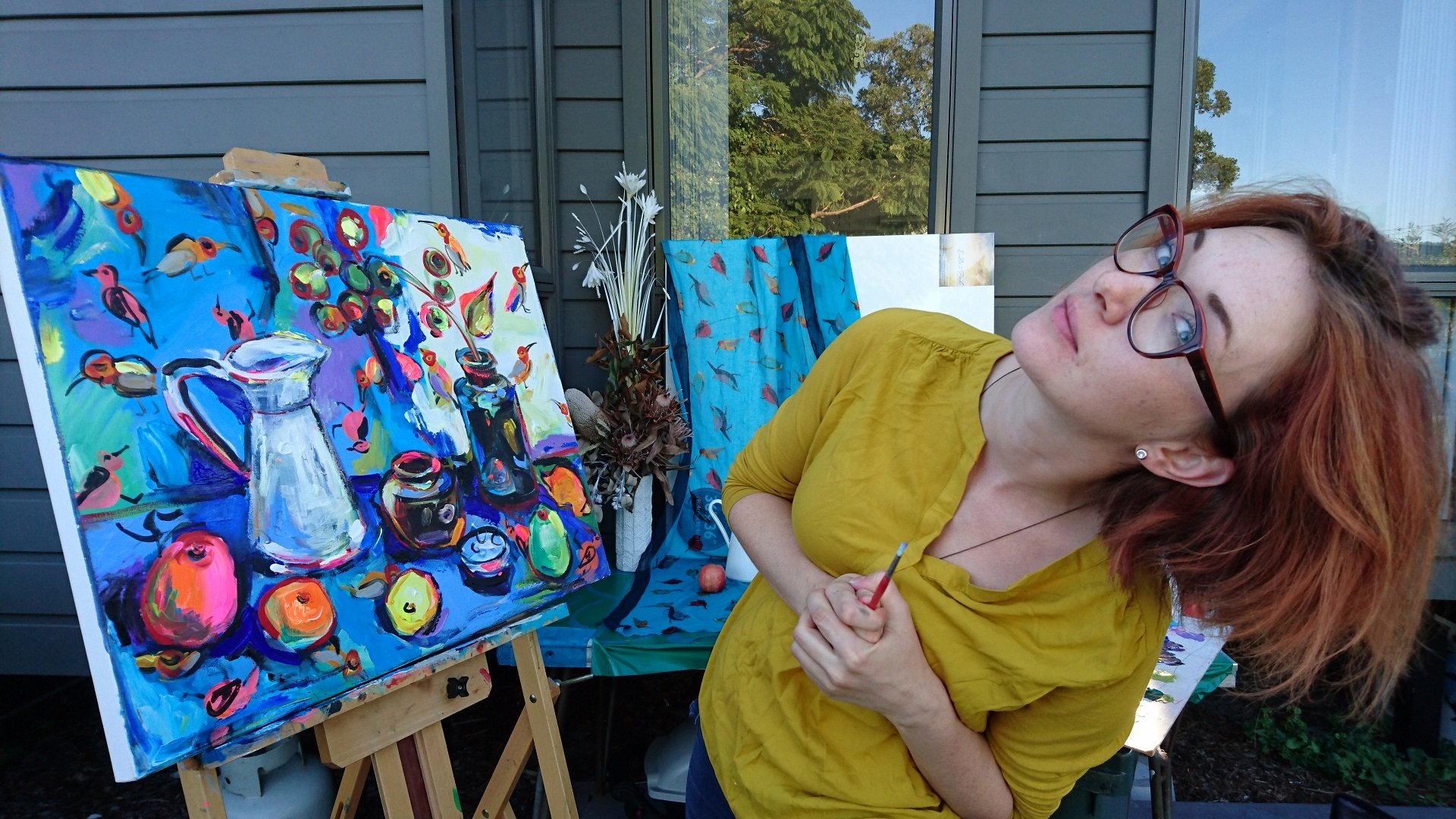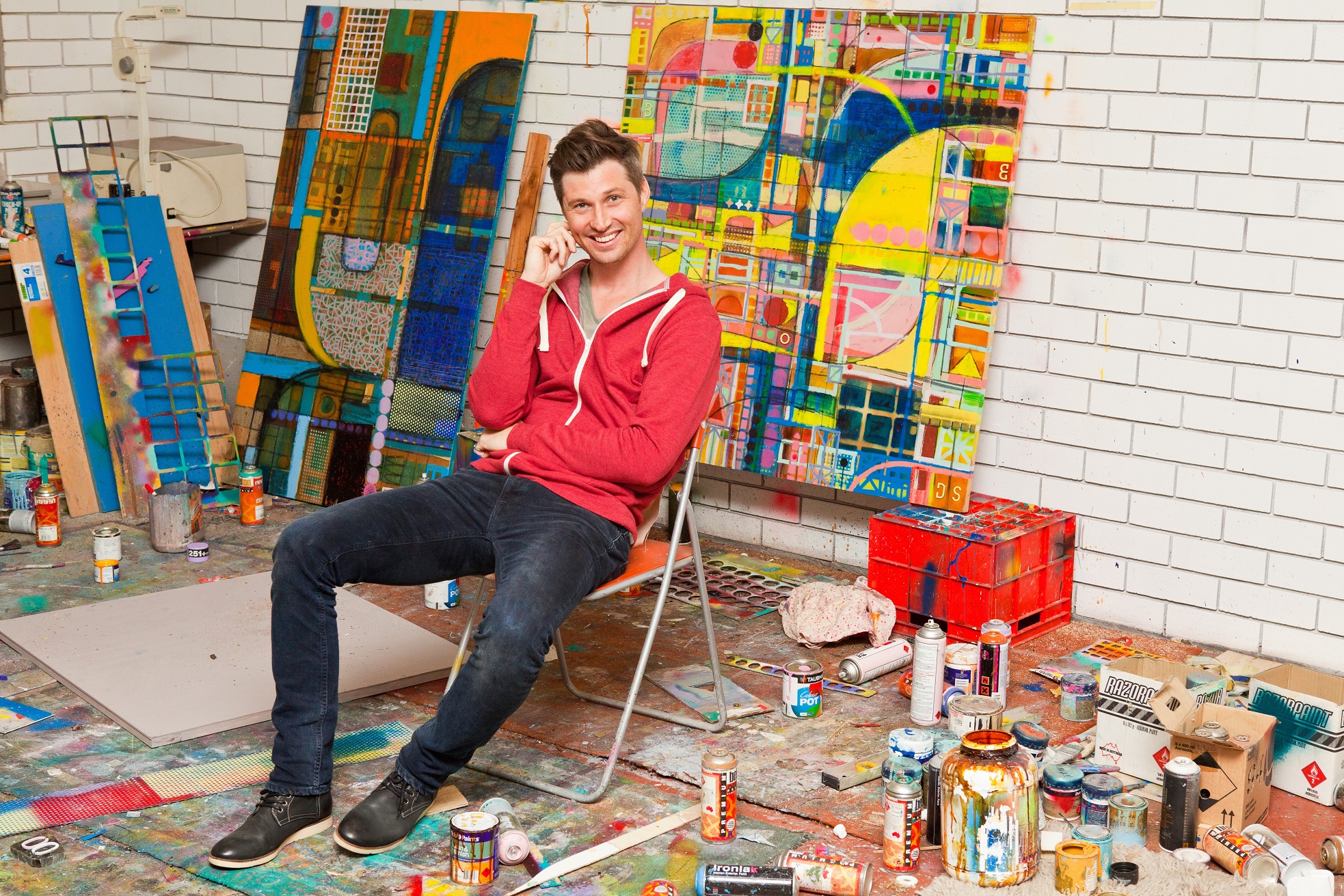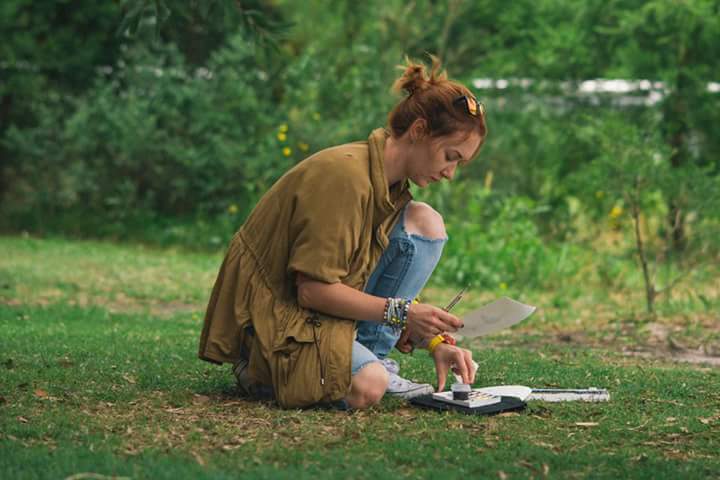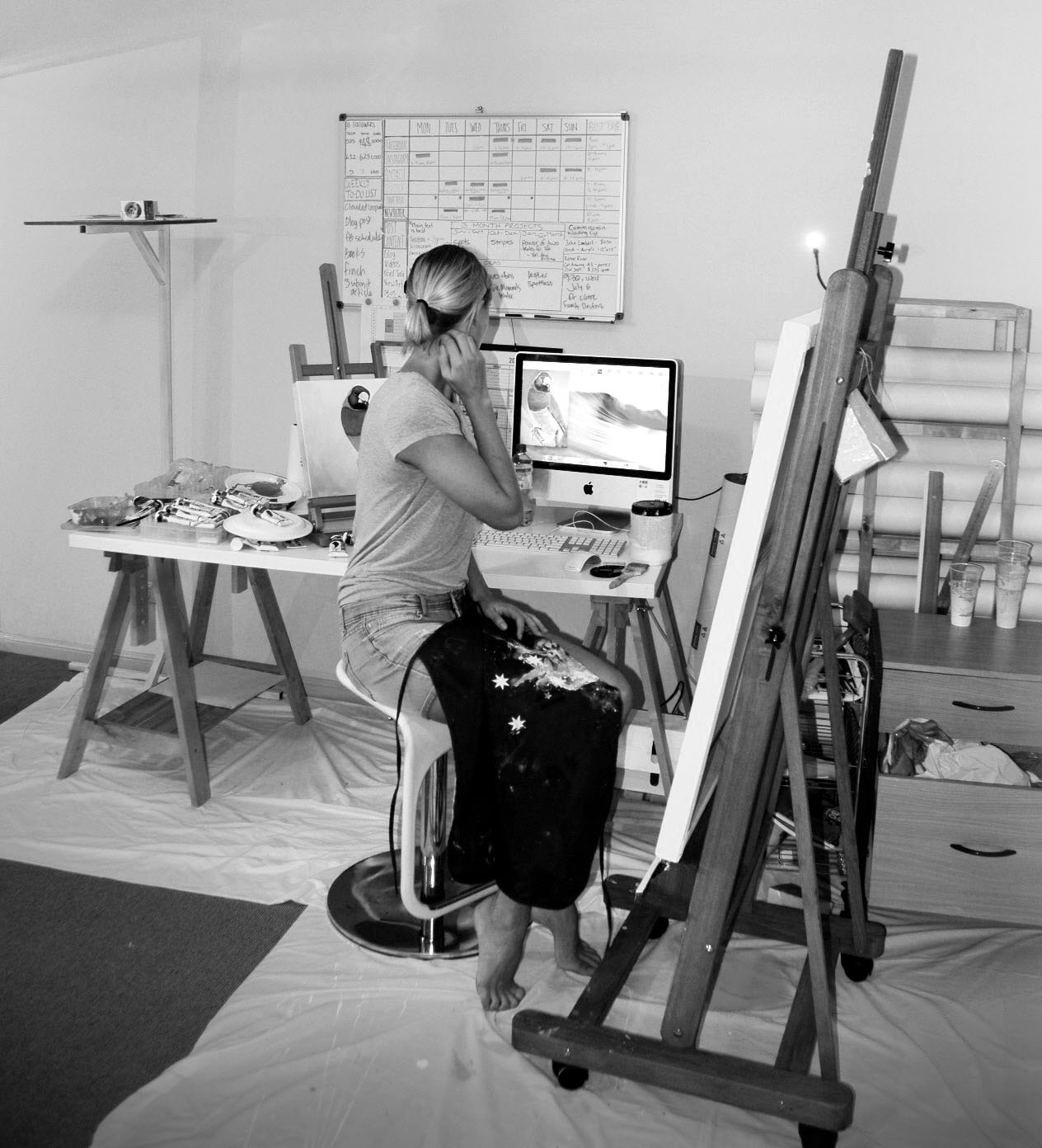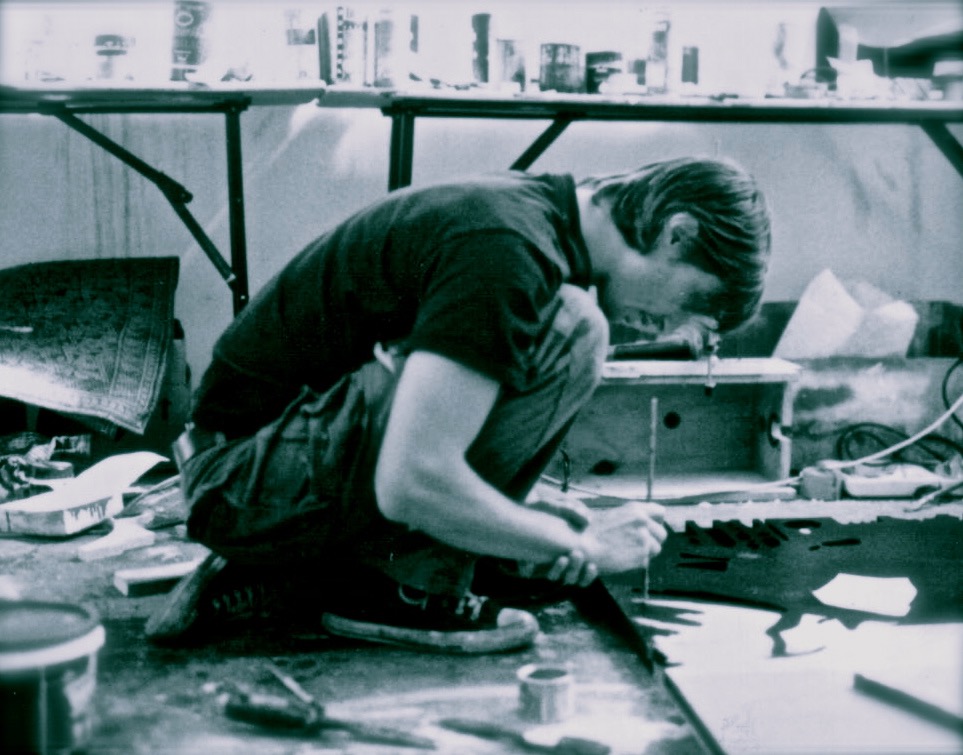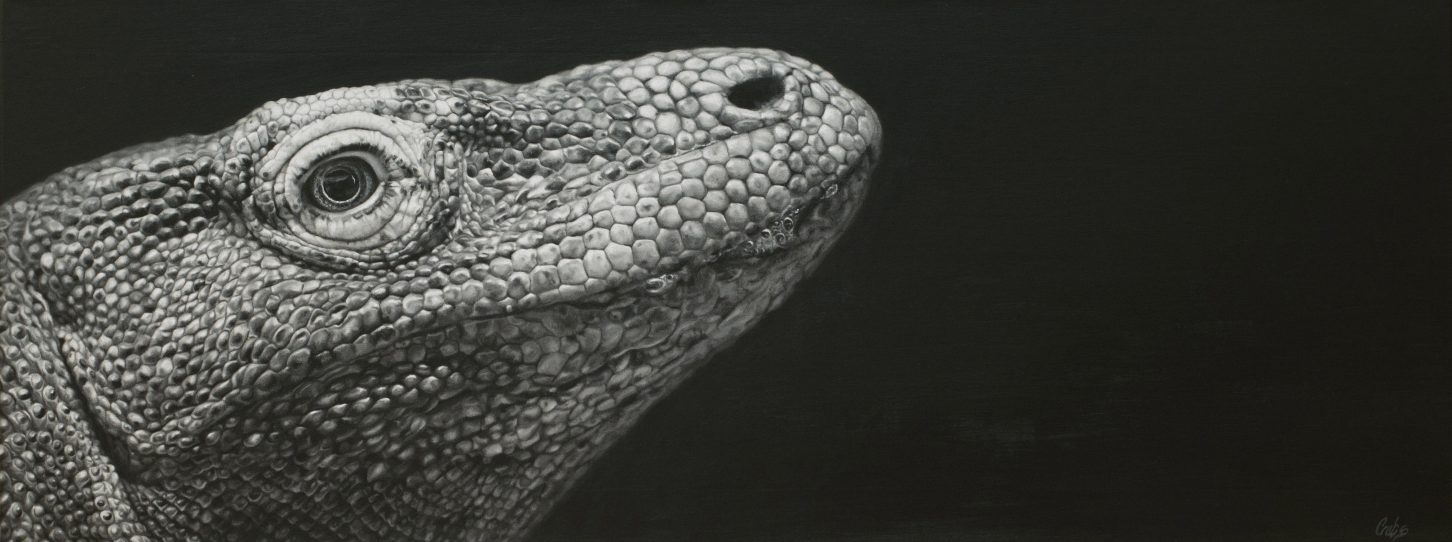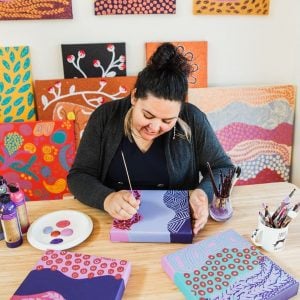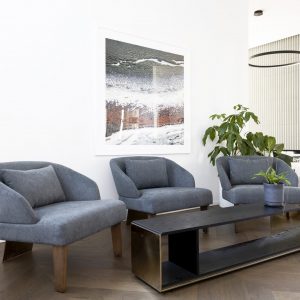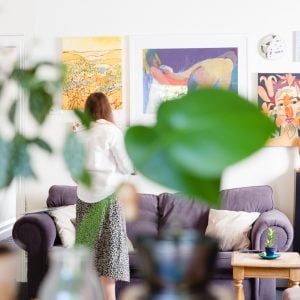Art’s Hidden Value – How You Know You’re Getting a Good Deal
Falling in love with an original work of art is falling in love with the finished product of a unique artistic process laden with value.
Have you ever thought about all you’re getting when you buy an original artwork? Of course you’re acquiring the piece itself – to enjoy, be moved by, or enhance your space. But to truly appreciate the new object of your affection, taking a moment to consider how it was created can only deepen the love.
A painting is so much more than coloured pigment applied to canvas. It is the manifestation of an artist’s labour of love, born from an insuppressible urge to capture a feeling, a moment, an experience, a place, an opinion – and communicate it. The hard, hard work we rarely ever see behind the scenes breathes life into the painting. So what does this process of creation look like?
Naturally, it varies from artist to artist but there are shared elements that collectively add to the inherent value of a work. Some of these elements are foundational and include training and technical skills acquired and honed through years of practice. This ethos of constant fine-tuning is exemplified by Central Coast artist Katerina Apale, who has a Masters Degree in Textile Arts from the Latvian Academy of Arts but still firmly believes she must “paint every day without exception”. Katerina likens her need for daily training to that of an athlete and explains that as a professional artist you “just keep going, training your hand, eye, soul, every day throughout your life”.
Katerina at home.Self-discipline, dedication and hours spent in the studio are characteristic of many artists including Archibald Prize Finalist 2015, Kim Leutwyler, whose technique is similarly underpinned by “lots of time and practice”. Experimentation, determination and pushing boundaries are also essential to Kim.
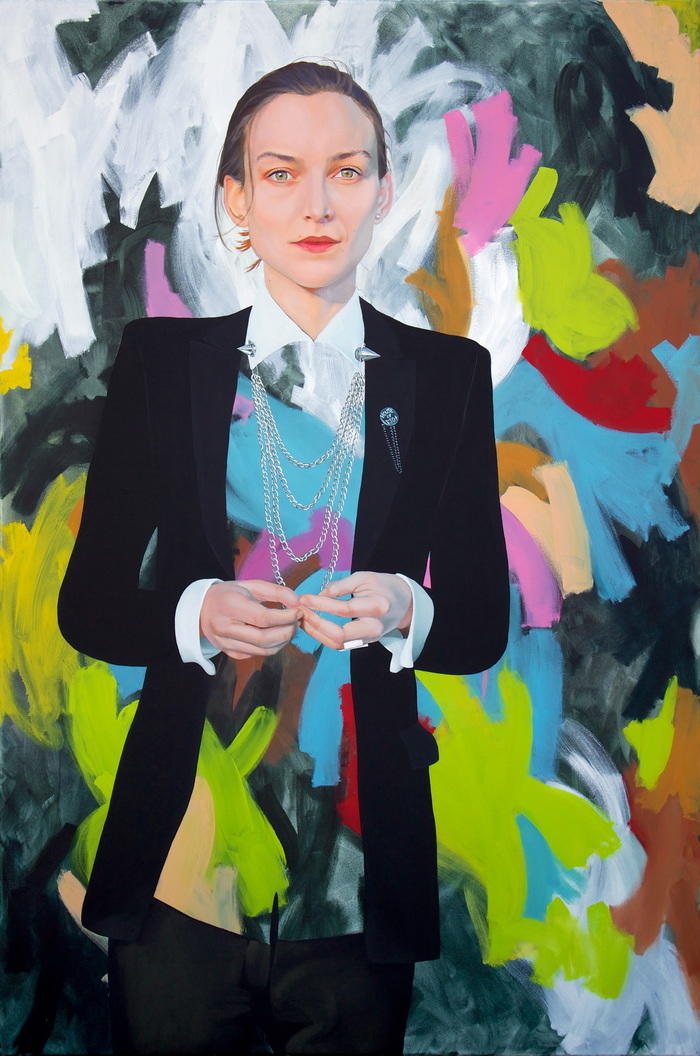 ‘Start the Riot’ by Archibald Prize Finalist 2015 Kim Leutwyler
‘Start the Riot’ by Archibald Prize Finalist 2015 Kim Leutwyler
Similarly, Fremantle-based artist David Spencer attributes the development of his style to “relishing in mistakes … going over and over something [that doesn’t work] until it works”.
Preparation frequently also demands a significant investment of time and skill. Western Australian artist Elisha Jane prepares her canvases over a period of days, coating the surface with up to 20 layers of gesso before she begins painting. In between coats she gently sands the canvas to create a super-smooth surface to apply the paint. For Elisha this process of canvas preparation is of paramount importance when setting up a good painting. Other artists, such as David Spencer, make their own frames and use only the highest quality Australian-made materials in the preparation of their canvases and boards.
While technical proficiency and appropriate preparation are undeniably critical, when inspiration strikes, the hard work really begins. This is when artists call upon their talent to transfer their idea to their chosen medium. This too takes time – it could be days, weeks, or months in the making. How this stage of the process looks varies not only between artists, but also between works from the same artist. When Katerina Apale has an idea, she tells us that she “can’t keep it inside for long” and begins by painting alla prima to capture her feelings and vision of the moment immediately to keep it fresh and alive. In contrast, other works will involve different degrees of planning and research either at the library or online to explore themes and to help her visualise a painting.
For South African born, Cairns-based wildlife artist, Carla Grace, intensive research is intrinsic to her practice. She first browses the internet to find images that fit the ideas in her head and then contacts the photographer(s) to obtain the necessary permissions. Sometimes multiple images are combined, cropped, or edited to create the composition she’s after. Due to the extremely detailed nature of her work, Carla always paints from photographs. “If I can’t see the detail, I can’t paint it,” she explains. The lengthy process of “getting to know” her subjects then follows taking on average “four days of me trying and failing with different colours until I get it right and then I spend the next six days painting with those colours”.
For David Spencer, whose paintings are reflections of his life experiences, 80% of his time in the studio is spent examining and analysing his work, deciding what to do next and how that will change things. For him, and indeed for many artists, knowing when to stop can be the hardest part.
These behind-the-scenes efforts (the creative process, technical proficiency, emotional and temporal investment) made by artists in the production of their work, represent a hidden bonus that contributes outstanding value to the paintings they offer for sale.
Keep up to date with the Australian and international art scene and discover new artists. Subscribe to our newsletter.



